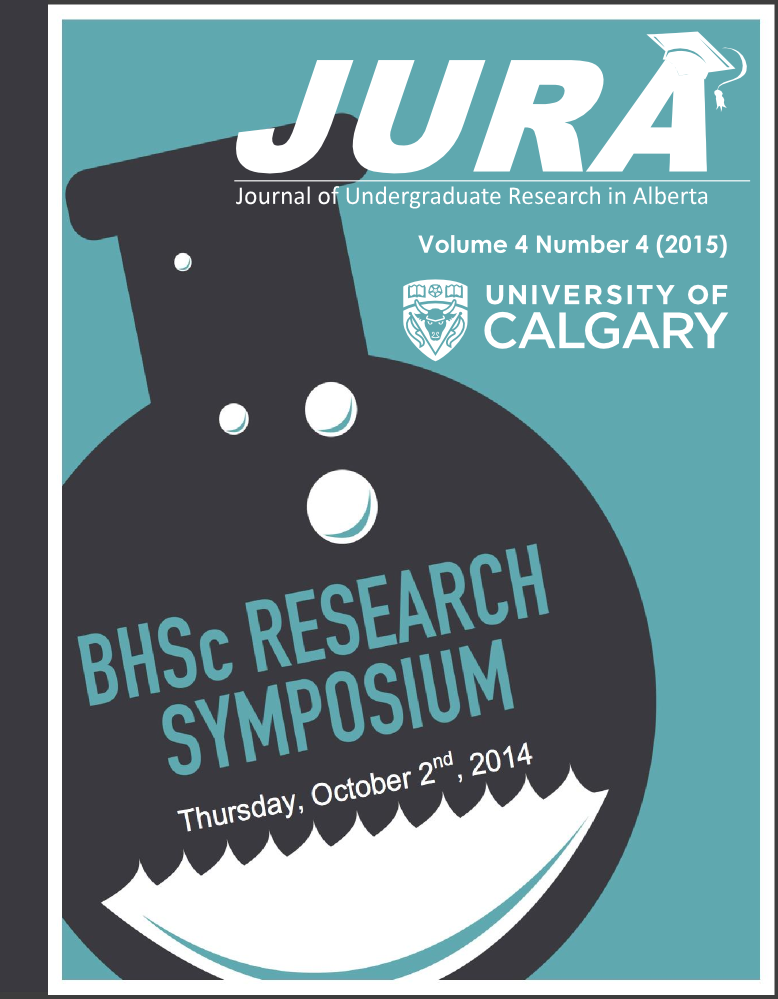GENERATIONAL PERSPECTIVES ON SANITATION, HYGIENE, AND MENSTRUAL PRACTICES AMONG PASTORALIST MAASAI GIRLS AND WOMEN IN THE NGORONGORO CONSERVATION AREA, TANZANIA
Abstract
Objectives: Understanding competing daily pressures and priorities among marginalized females is essential for developing effective health promotion strategies. As part of a broader project focused on partnership establishment with schools and communities to develop culturally relevant and sustainable sanitation and hygiene strategies, this study sought to gain awareness of beliefs and practices among female Maasai pastoralists in the Ngorongoro Conservation Area (NCA), Tanzania.
Methods: We conducted seven group discussions, each lasting approximately two hours, with female secondary school students and a local women’s group (40 participants). Questions concerning sanitation and hygiene practices investigated crosscutting concerns within access, safety, and privacy for girls and women. The issue of menstrual management was also explored to develop an understanding of past and current practices among pastoralists. Discussions with the women’s group were combined with participatory activities presenting locally relevant strategies to improve sanitation and hygiene, using a BOPPPS (Bridge, Objectives, Pre-Assessment, Participatory, Post-Assessment, Summary) model for workshop delivery.
Outcomes: The availability of resources, as well as cultural beliefs and norms, affect daily sanitation and hygiene practises. Key factors include water scarcity, expense of products such as sanitary pads and soap, and heavy workloads expectant of females. Contrary to other literature, menstruation did not impede secondary school attendance in the NCA. Girls attending secondary school placed high importance on scientific information about sanitation and hygiene issues such as hand washing, sanitary pad use, urinary tract infections, and latrines. Elders expressed strong cultural beliefs, which restricted menstruating females from cutting vegetables or preparing alcohol. When there is a lack of water, cloths used for absorption during menstruation are washed in cattle urine.
Discussion: The first phase of this pilot study engaged community members in developing our understanding of female specific challenges and practises related to sanitation and hygiene. We noted generational differences with respect to traditional and current hygiene practises, in particular menstrual management. Peer mentorship among schoolgirls originating from urban and rural areas streamlined practises of menstrual hygiene. Further research on generational perspectives of menstruation, sanitation and hygiene is needed to enhance our understanding of obstacles faced by pastoralist women. Ideas for further research include investigating whether girls attending non- boarding secondary schools see menstruation as an impediment for school attendance, and whether sexual assault on females is common when seeking areas for open defecation.
Conclusion: A multitude of factors influence sanitation and hygiene practises among pastoralist females in the NCA. In addition to water and resource scarcity, there are also cultural and generational dimensions which affect sanitation and hygiene practises of females, in particular menstrual management.
Acknowledgements: Grand Challenges Canada, and the University of Calgary Global Health Program.
Downloads
Downloads
Additional Files
Published
Issue
Section
License
Authors retain all rights to their research work. Articles may be submitted to and accepted in other journals subsequent to publishing in JURA. Our only condition is that articles cannot be used in another undergraduate journal. Authors must be aware, however, that professional journals may refuse articles submitted or accepted elsewhere—JURA included.


